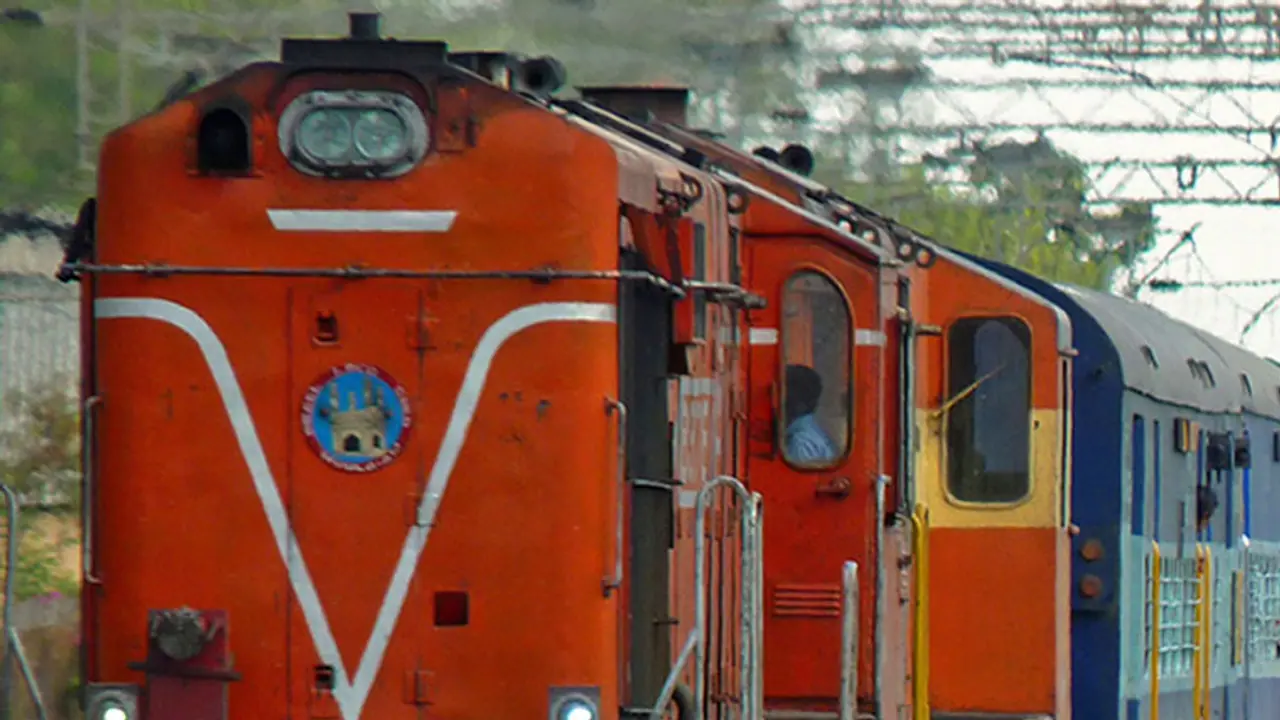According to the reports 44% of government employees come under the railway department. Indian railway track stretches to an extent of around 115,000 kms. The trains travel 65,000 kms every day. Indian Railway administrates around 7172 railway stations, which by stand 12617 passenger trains and 7421 goods trains every day. More than 23 million passengers travel in Indian trains every day.
Here is a short history of Railway budget that shows why is it beneficial and also not important to have a state wise Railway budget.
Preface

In the pre-independence era railway was a valuable property for the British rulers. A separate budget was initiated for railways in 1924.
But today Indian economy has grown massively in many sectors and railway budget has become another small segment in the entire financial operations of the nation.
However, after the independence, our leaders continued the administrative policies of the British rule and perpetuated the separate railway budget for decades. Presently, other ministries in the central government are larger than the railways. Hence, there is no point in maintaining a separate budget for the same.
How this decision helps the government?
Finalising the budget becomes easy and facilitates the government departments and ministries to plan their finances and adopt it to their schemes without any hassle.
All the working days can be utilised wholly. The budget can be presented one month in advance. Many bureaucratic decisions and changes like taxes, new tax norms etc. can be implemented in the same financial year.
What are the advantages of this resolution?
The government can monitor the bureaucratic and financial administration of the railway in a better way. The merging will decrease the bureaucratic proceedings, enhances the growth and ensures proper governance of railway.
The first railway budget
Michael Acworth, a British economist, was appointed as the first Chairman of Railway Committee in 1924 during the British rule. The report of the committee, which suggests that railway should be treated as a separate segment of the governance, is called ‘Acworth Report’. Thus the finances of railway were treated as separate financial operations since 1924.
Why a separate budget for railways?
There has been a debate on the separate railway budget for decades. But the railway ministers have been giving explanations and were arguing in defence of separate railway budget. Indian railway, undoubtedly, is a massive sector of Indian government and its governance and financial management has always been a challenge for our leaders and administrators.
According to the reports, 44 percent of government employees come under the railway department. Indian railway track stretches to the extent of around 115,000 kilometres. The trains travel 65,000 kilometres every day.
Indian Railway administrates around 7172 railway stations, which accommodates 12617 passenger trains and 7421 goods trains every day.
More than 23 million passengers travel in Indian trains every day.
There is an inadequacy of railway facilities and due infrastructure lack of investment and reformations.
Experts believe that Indian railways require 300 billion dollars in the coming five years. The development of infrastructure in Indian railways is very slow.
In 1947 the trains were travelling 53,000 kilometres every day. So far this travelling ratio has risen just to 12,000 kilometres.
Indian railways transit one-third of goods that are required for production and development sectors of the country.
